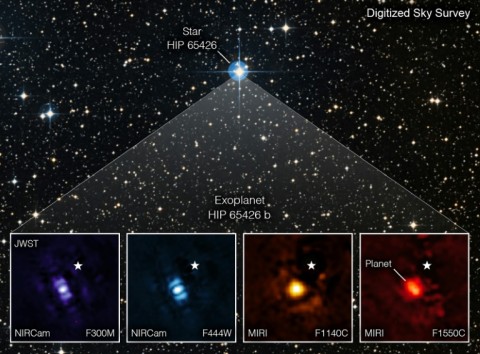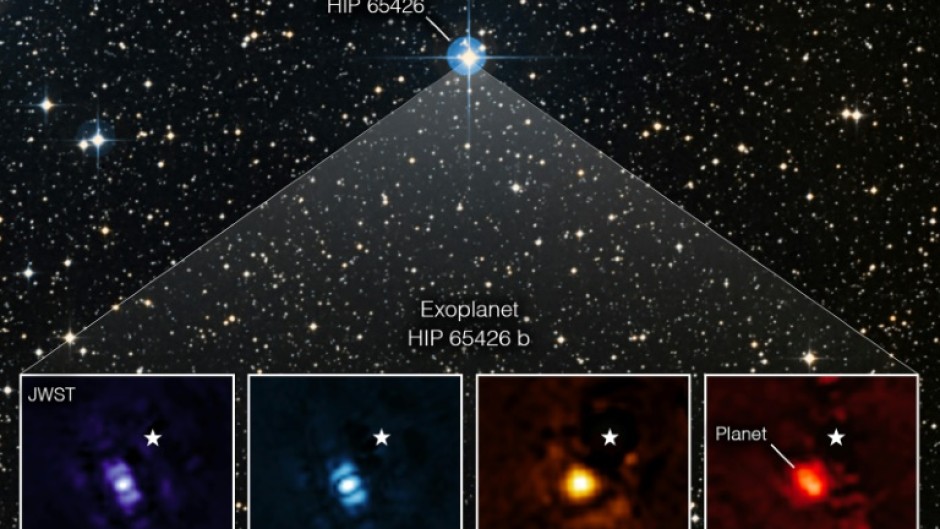
LONDON - The James Webb space telescope has taken its first image of an exoplanet -- a planet outside our solar system -- as astronomers hail the device's performance since its launch last year.
Images from the most powerful space telescope ever built have thrilled observers in recent months as it orbits the Sun a million miles (1.6 million kilometers) from Earth.
Its latest pioneering pictures show the exoplanet, called HIP 65426 b, is a gas giant with no rocky surface and could not be habitable.
"This is a transformative moment, not only for Webb but also for astronomy generally," said Sasha Hinkley, astronomy professor at the University of Exeter, who led the observation team.
Webb's infrared gaze and coronagraphs -- telescopic attachments that block out starlight -- enable it to take direct images of exoplanets.
"It was really impressive how well the Webb coronagraphs worked to suppress the light of the host star," Hinkley said in a NASA statement on Thursday.
The HIP 65426 b exoplanet is six to 12 times the mass of Jupiter and young -- about 15 to 20 million years old, compared to the 4.5-billion-year-old Earth.
The telescope, which only released its first images in July, has already revealed dazzling new detail of the Phantom Galaxy and of the planet Jupiter.
The Hubble space telescope previously captured direct exoplanet images, but in far less detail.
"I think what's most exciting is that we've only just begun," said Aarynn Carter, of the University of California. "We may even discover previously unknown planets."
The $10-billion Webb telescope is a collaboration between NASA, the European Space Agency and the Canadian Space Agency. It is expected to operate for approximately 20 years.

